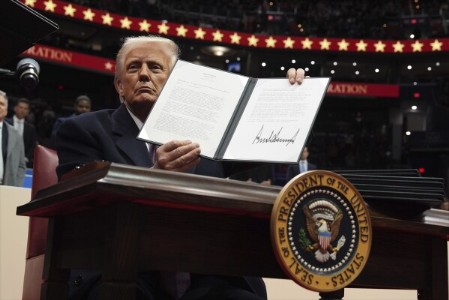Tibetan troops recruited by Chinese PLA to be used against Indian Army along LAC in Ladakh & Arunachal Pradesh
Total Views | 197
In a major development, the Chinese PLA is now seen recruiting local Tibetan Civilians as soldiers to be deployed against the Indian army along LAC.
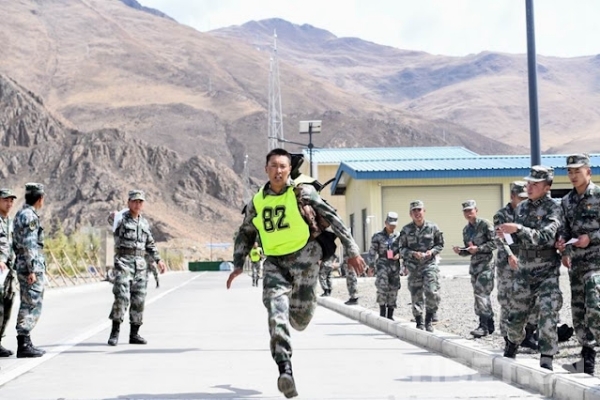
According to the sources, the People's Liberation Army border security patrols along the Line of Actual Control in Eastern Ladakh and Arunachal Pradesh now include the Tibetan troops that the Chinese Army had recruited to assist them in high-altitude regions. China began hiring these soldiers soon after the LAC attack in 2020 as part of its long-term deployment plans there to aid in their ability to survive in high-altitude zones.
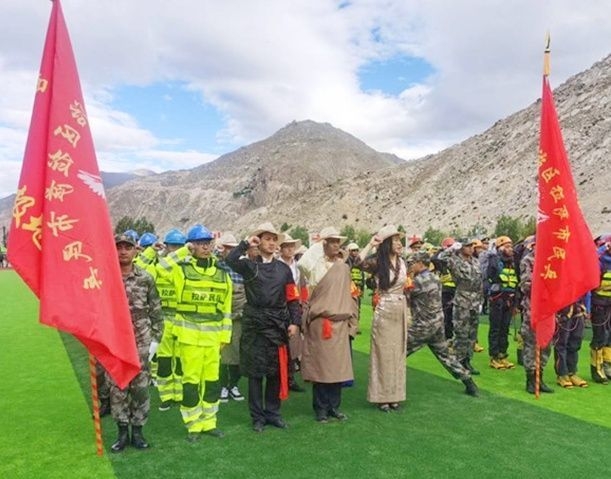
Although there are now more visible Tibetan soldiers participating in border patrols by their border defence units, mainland Chinese soldiers still make up the majority, according to sources in the security forces. According to sources, the Chinese have struggled to keep their regular mainland troops alive in high-altitude regions. They have also observed how the Indian Special Frontier Force (SFF) troops, which included many Tibetan troops, performed during the Indian Army's capture of high peaks in the Kailash ranges.
On June 15—the "coincidental" date of Chinese Communist Party General Secretary Xi Jinping's 67th birthday—the Galwan incident would have claimed the lives of 38 Chinese soldiers, according to a post that recently went viral on Twitter.
It was intriguing that the message also included the geographical locations where the alleged casualties originated.
Eight of them were from Tibet, and their names were roughly transcribed in Pinyin as Tibetan names (Lakpa, Tsering, Kalsang, etc.)
As per Claude Arpi, who is a regular contributor to Rediff.com, “local Tibetans as high as 10% of the People's Liberation Army soldiers stationed in the Tibet Military District or the Southern Xinjiang Military District. The present 'hot' spots in Ladakh -- Galwan, Hot Springs, Fingers, Depsang -- are under the command of the Southern Xinjiang Military District.”
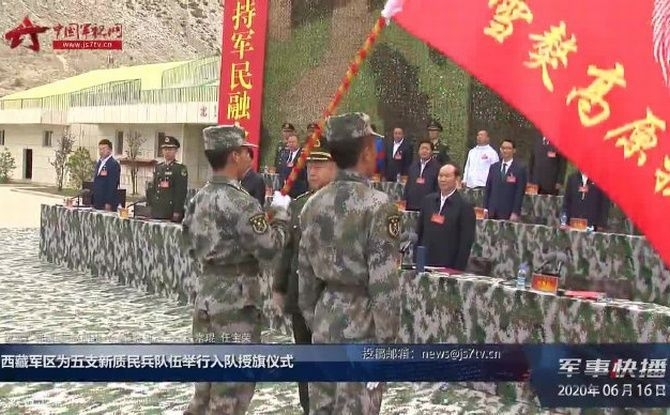
In pic : Special Flag Presentation Ceremony for 5 New Tibetan militia units to serve Chinese PLA
The PLA Web site, 81.cn, recently published an item confirming the recruitment of Tibetans; on June 15, the Tibet Military District staged a special flag-presentation ceremony for five new militia units, all of which included Tibetan recruits and will serve under the PLA.
Two units have not been named, but many photographs were released.
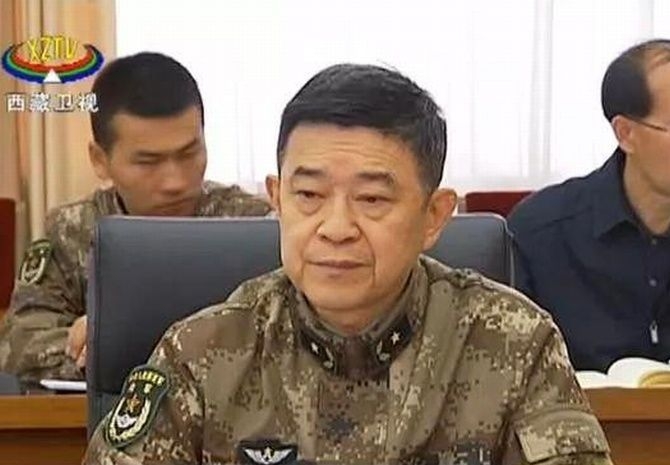
Lieutenant General Zhang Xuejie, the TMD's Political Commissar, officiated over the ceremony for the special flag presentation.
Zhang, a lieutenant general who had been elevated to major general a year prior, was assigned to Tibet in 2018 to fill the crucial position of political commissar.
A flag-presentation ceremony for five new militia units, including an air patrol team, a polar communication team, and an extreme climbing team, was held in Lhasa, according to the Chinese government-owned tabloid Global Times. The militia forces' responsibilities include patrol and emergency rescue.
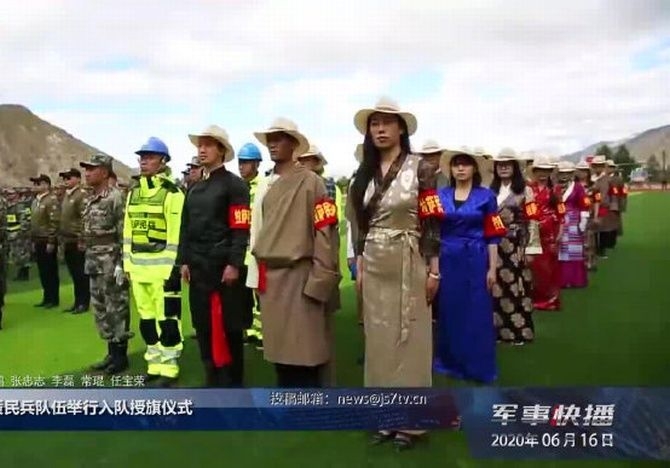
The recruitment of Tibetans is a component of Beijing's 'political activity' to stabilise Tibet and the Indian borders, as evidenced by the Political Commissar's attendance at the ceremony.
This could have serious implications for India which is fighting a battle in the Himalayas for Line of Actual Control, which Beijing has systematically refused to define.
Bharati Web






